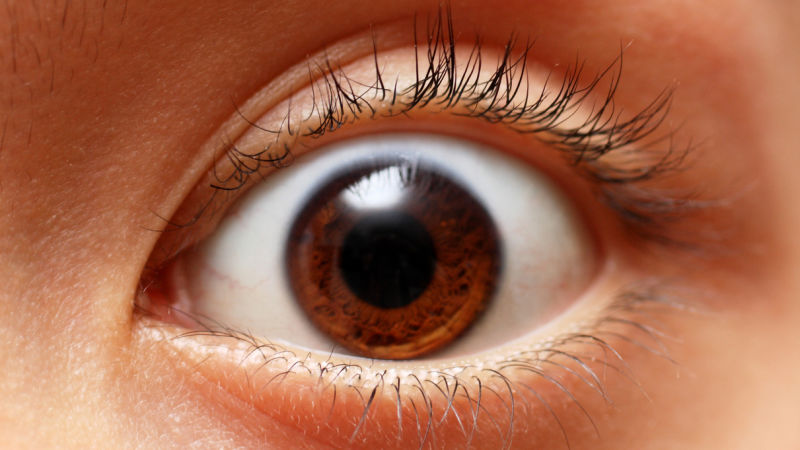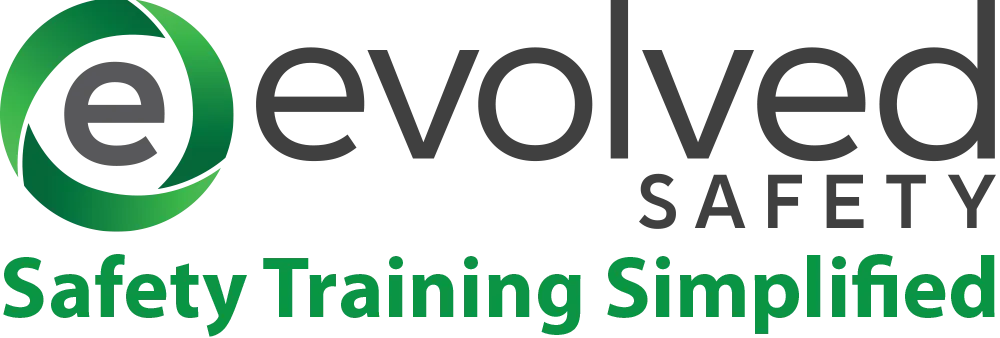Eye safety is one of those standards, have to cover it safety training topics. It’s probably already in your training line-up, but with everything else on your plate, it may be easy to stick with the same plan and move on to the next topic. Each day about 2,000 U.S. workers have a job-related eye injury that requires medical treatment. About one-third of the injuries are treated in hospital emergency departments and more than 100 of these injuries result in one or more days of lost work. (NIOSH) With the new recordkeeping rules in place, and safety professionals required to report on hospitalizations and injuries involving the loss of an eye within 24 hours, keeping your workers safe and making an extra effort to eliminate eye injuries in the workplace is a great goal for everyone. After all, eye injuries are preventable when the right PPE is worn and safety precautions are made.
 OSHA requires the use of eye and face protection whenever there is a reasonable probability of injury that could be prevented by such equipment. Eye protection should be worn by all employees exposed to the hazards, whether they are working in the area or just passing through.
OSHA requires the use of eye and face protection whenever there is a reasonable probability of injury that could be prevented by such equipment. Eye protection should be worn by all employees exposed to the hazards, whether they are working in the area or just passing through.
- Chemicals – When working with chemicals use a face shield or goggles to protect against splashing.
- Particles and Dust –
Safety glasses should include side shields to protect from flying objects. - Hot Work and Other Hazards – When exposed to welding, lasers or fiber optics, be sure to use special-purpose safety goggles and helmets designed specifically for the task.
ORDER EYE SAFETY BASICS
Available on DVD or to stream
This program explains eye protection requirements in a way anyone can understand. After all, everyone knows the benefits of safety glasses yet too many neglect them. This video is a good way to remind them about the importance of wearing eye protection when required. You will find your employees respond well to this entertaining and informative video.
SEE PREVIEW »
Also available in Spanish
Contact lenses can’t provide significant protection from eye hazards in the workplace. However, there is no evidence that the wearing of contact lenses increases the risk of eye injury. The American Optometric Association believes that workers should be permitted to wear contact lenses in most eye hazardous environments. However, eye protection must be worn over contact lenses exactly as would be required of all workers performing the same job.
Health care workers, laboratory staff, janitorial workers, animal handlers, and other workers may be at risk of acquiring infectious diseases from exposure via the eyes. Infectious diseases can be transmitted through the mucous membranes of the eye as a result of direct exposure (e.g., blood splashes, respiratory droplets generated during coughing or suctioning) or from touching the eyes with contaminated fingers or other objects. The infections may result in relatively minor conjunctivitis or reddening/soreness of the eye or in a life-threatening disease such as HIV, B virus, or possibly even avian influenza. (NIOSH) Workers in these industries should wear the appropriate eye protection for the hazards. Eye protection should be removed by handling only the portion of this equipment that secures the device to the head (i.e., plastic temples, elasticized band, ties), as this is considered relatively “clean.” The front and sides of the device (i.e., goggles, face shield) should not be touched, as these are the surfaces most likely to become contaminated by sprays, splashes, or droplets during patient care. Non-disposable eye protection should be placed in a designated receptacle for subsequent cleaning and disinfection. (CDC)
In the event of an eye injury, here are the steps to take for first aid from the Center for Disease Control:
- Specks in the Eye
- Do not rub the eye.
- Flush the eye with large amounts of water.
- See a doctor if the speck does not wash out or if pain or redness continues.
- Cuts, Punctures, and Foreign Objects in the Eye
- Do not wash out the eye.
- Do not try to remove a foreign object stuck in the eye.
- Seek immediate medical attention.
- Chemical Burns
- Immediately flush the eye with water or any drinkable liquid. Open the eye as wide as possible. Continue flushing for at least 15 minutes. For caustic or basic solutions, continue
flushing while on the way to medical care. - If a contact lens is in the eye, begin flushing over the lens immediately. Flushing may dislodge the lens.
- Seek immediate medical attention.
- Immediately flush the eye with water or any drinkable liquid. Open the eye as wide as possible. Continue flushing for at least 15 minutes. For caustic or basic solutions, continue
- Blows to the Eye
- Apply a cold compress without pressure, or tape crushed ice in a plastic bag to the forehead and allow it to rest gently on the injured eye.
- Seek immediate medical attention if pain continues, if vision is reduced, or if blood or discoloration appears in the eye.
Since we’re in the safety training business, we would of course recommend that you train your employees on how to identify the hazards, proper selection of eye protection equipment, and how to properly use and care for eye protection equipment. Without training, how else are employees going to know all of this important information.
Eye injuries are totally preventable with training and engineering controls. We have the right eye safety training program for you in our library. Contact us today!


